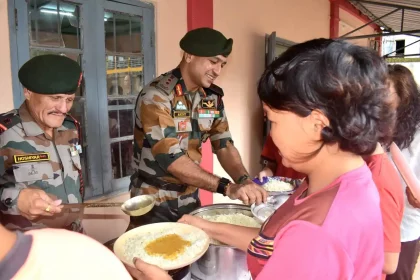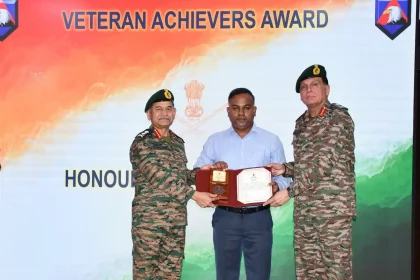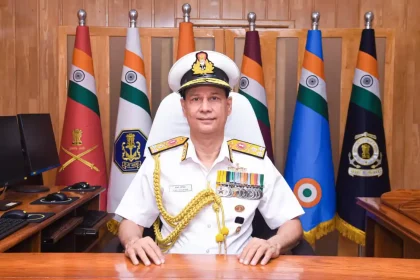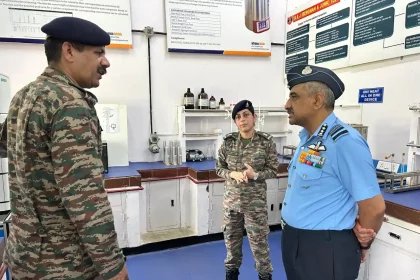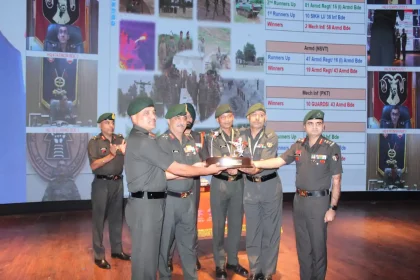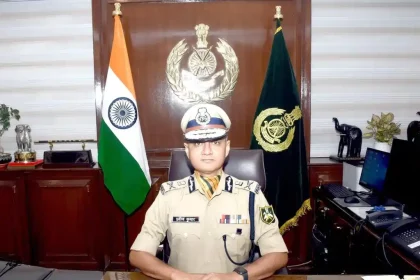Assam Rifles Extends Support to Shalom Special School in Mizoram
Located in Serchhip, a serene town in the northeastern state of Mizoram, Shalom Special School is a dedicated institution committed…
Indian Army Honours Distinguished Veterans with Veteran Achievers Award
These decorated veterans exemplify the Army’s enduring ethos of discipline, leadership, and selfless service.
Vice Admiral Ajay Kochhar Assumes Command of Andaman & Nicobar Command as 19th Commander-in-Chief
His leadership at the Andaman & Nicobar Command is expected to further bolster India’s strategic presence in the Indian Ocean…
Military College of Materials Management Marks 100 Years of Excellence in Defence Logistics
To commemorate the historic milestone, Air Marshal Dixit released a First Day Cover marking the centenary and commended the unwavering…
Kharga Corps Organise First-of-its-Kind Drone Engagement Competition to Strengthen Hard-Kill Capabilities
This pioneering initiative by the Kharga Warriors marks a significant step in the Indian Army’s ongoing transformation journey.
Praveen Kumar IPS Assumes Charge as Director General of Indo-Tibetan Border Police Force
As the new Director General of ITBP, Praveen Kumar is set to lead the force known as the “Himveers” into…

